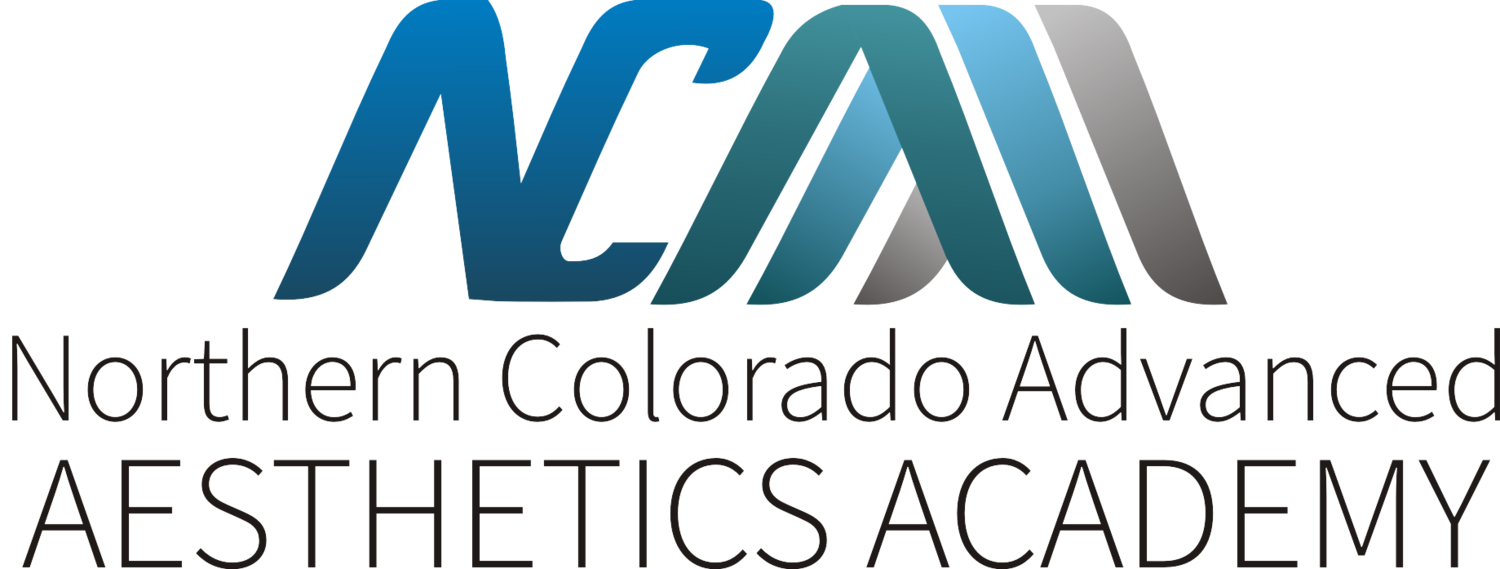Our Guide to Offering Microdermabrasion in Your Practice
As an advanced aesthetics practice, you’ll want to offer only the most high-quality treatments in the industry. You’ll deliver only the best for your customers, which will increase overall client satisfaction and your business’s credibility. As you work in the field of skincare, it’s crucial to stay updated on the regular stream of new products, regimens, and treatments. That way, your practice will remain on the cutting edge.
One of the most famous treatments in most clinics is the microdermabrasion service. It is one of the gentlest cosmetic procedures available that is famous for being effective, yet non-invasive. Including this in your roster of services will help you attract new clients while earning yourself an even more stellar reputation. You’ll also position yourself as the go-to esthetician for the best skin treatments.
Here’s what you need to know about offering microdermabrasion in your practice:
The Definition of Microdermabrasion
Microdermabrasion is an exfoliating technique that removes the outermost layer of the skin, including the dead skin cells. It then reveals the softer, smoother skin underneath. Microdermabrasion aims to produce a more even skin tone by improving collagen production, boosting the skin’s elasticity and texture, and stimulating blood flow.
Most microdermabrasion treatments are performed on the neck and face, although the hands and chest also benefit from this. This treatment reduces signs of aging like fine lines and wrinkles while diminishing the appearance of shallow acne scars. It’s also useful for unclogging and tightening pores while minimizing the appearance of sun damage.
The treatment is gentle to apply without using a topical anesthetic, and it’s known as the “lunchtime facial” because it typically doesn’t take any longer than an hour. There’s minimal discomfort, with patients reporting tender skin for only one to two days.
The Process of Performing Microdermabrasion
When performing microdermabrasion, you’ll need a small, handheld glass or stainless steel wand to gently scrape the skin’s surface. The wand releases a stream of slightly abrasive crystals that remove the dirt and dead skin cells on the surface while vacuuming the crystals and debris out.
Most methods use corundum or aluminum oxide crystals in this process. However, other kinds of crystals—such as sodium chloride and sodium bicarbonate—are also commonly used.
Other types of microdermabrasion include diamond-tip, which uses a handpiece tipped with a diamond to exfoliate. Although the equipment is expensive, some professionals prefer this method because it is more suitable for sensitive skin.
Most people need multiple treatments to enjoy the full benefits of microdermabrasion treatment. Patients must schedule their treatments every two weeks to allow their skin to grow and shed the old cells.
Your clinic’s expertise is essential to the success of microdermabrasion. Otherwise, you’ll risk causing discomfort, abrasions, bleeding, or even scarring in your patients. If you intend to offer microdermabrasion services to your clients, you must first assess their health status and consider any pre-existing conditions. You must also discuss a treatment plan with them, the outcomes, and any potential complications. If you believe that microdermabrasion is not the best treatment for them, be sure to recommend more suitable treatments.
The Advanced Training Needed for Microdermabrasion
Your estheticians must undergo a microdermabrasion training course to perform this service for your clients. Depending on state prerequisites, you may even need a master esthetician license and a microdermabrasion certificate. Regardless of the requirements, you’ll want to complete a diploma course or certification in microdermabrasion to expand your skills and gain the needed knowledge to offer the treatment. A certificate will also allow you to promote yourself as an advanced esthetician with microdermabrasion expertise.
Courses generally last one to two days. Some of them are even online, making them more accessible. In most cases, only licensed estheticians and other skincare professionals can gain proper certification to take this course, so ensure that you qualify.
Conclusion
Microdermabrasion is an incredibly popular treatment for achieving healthy, glowing skin. Offering the service in your clinic will help you meet your clients’ needs, as it’s an affordable and non-invasive way to improve skin texture and appearance. Now that you know the basics of microdermabrasion and the requirements to offer it in your practice, you’re more than ready to grow your business.
If you’re looking for an esthetician school in Colorado, you’ve come to the right place. Northern Colorado Advanced Aesthetics Academy offers advanced certificate courses and programs for estheticians. As a top source for esthetics and advanced esthetics career training, we provide the best education and training for skincare professionals. Sign up for our classes today to grow your skill set and expand your expertise in the skincare industry!
